How to Make Your Brand Look Smart(er)
In a recent article titled “You Really Look Smart,” the Wall Street Journal noted behaviors that people use to try and appear intelligent, compared to those traits that research shows actually makes one look smart.
Some of the interesting tidbits from the article include the fact that using a middle initial connotes higher intelligence, while using pretentious language (big words and complex sentence) or moving faster than others is off-putting and suggests a lower I.Q. Using clear language, on the other hand, and being responsive in conversations (nodding and gesturing) suggests to others that you are really knowledgeable.
While an interesting study in behavior and psychology, I began to wonder how some of these traits could be applied to branding; and what makes a company’s product, service, or organization appear more intelligent and “smart.” I would argue that there are three key characteristics that every brand should have: they should be simple, unique, and memorable.
Simplicity is the first key to projecting an intelligent brand image. People must know who you are, what you do, and why it matters to them. Key messaging must clearly convey the core benefits of the brand. To that end, does your product, service, or organization have a name or tagline that tells people what it does or sells? Is the name easy to read, understand, and speak (yes, this is coming from a brand and marketing firm whose name is Indicia)?
Uniqueness is what separates your brand. Is there enough differentiation between your product or service and competitors’? Highlight the key benefits of the brand, and how it stands apart from competitors, but don’t stress how “innovative” or “progressive” your solutions are. If using pretentious language or moving faster than others is harmful to people’s impressions of intelligence, then using big words or terminology that requires a Ph.D. to decipher will harm your brand’s perception. Be sure to talk with your customers, not down to them.
Memorability is what all brands should strive for. Memorable brands connect emotionally with customers and resonate with them, meaning that they respond to customer needs. These products, services and organizations are constantly asking for feedback, such as how they are doing, what they need to improve upon, and what other products or services customers desire. Much like being engaged and responsive in a conversation is a sign of intelligence, listening and acting upon the needs of customers makes your brand smart.
By: Ryan Hembree, Principal
Brand & Creative Strategy


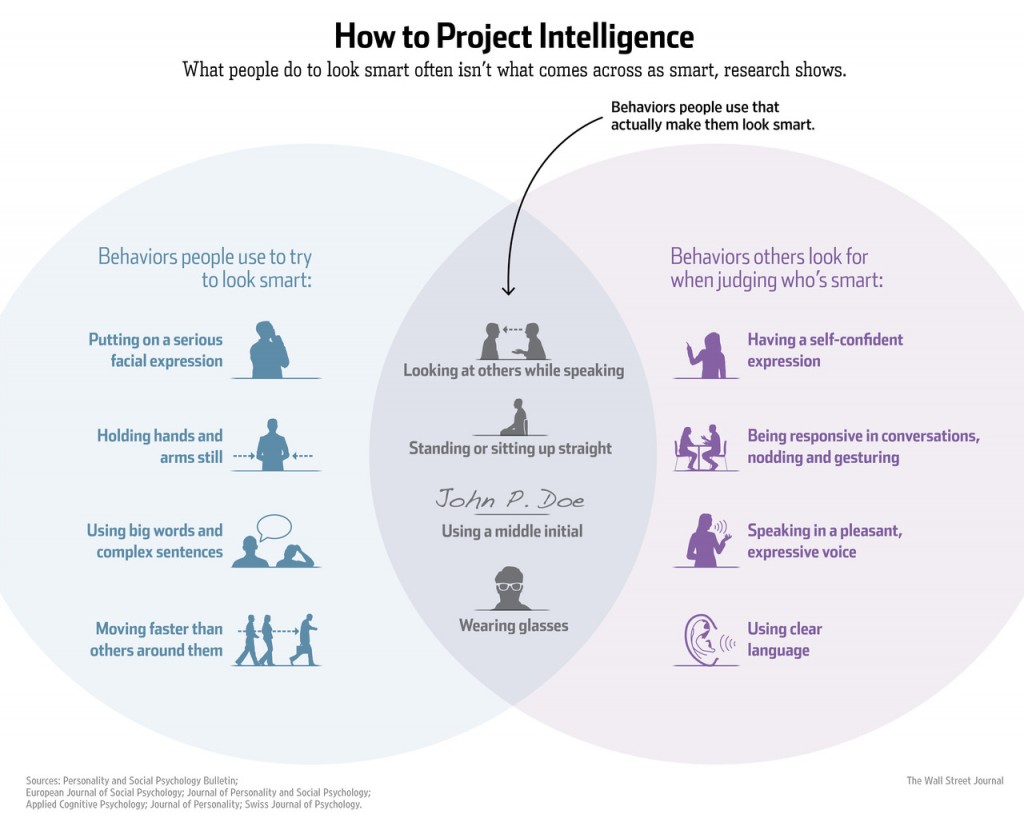




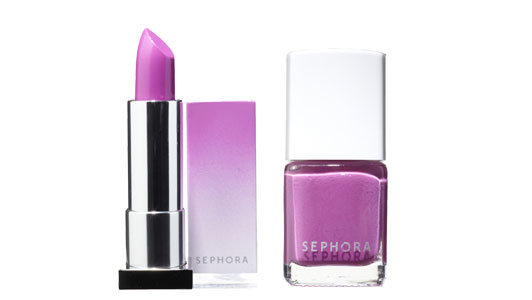
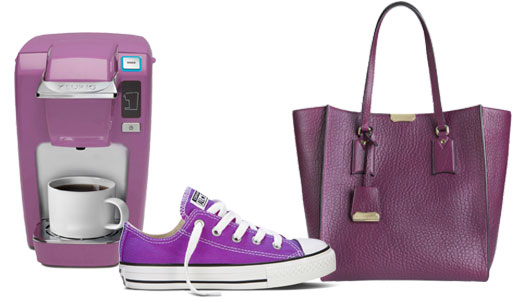
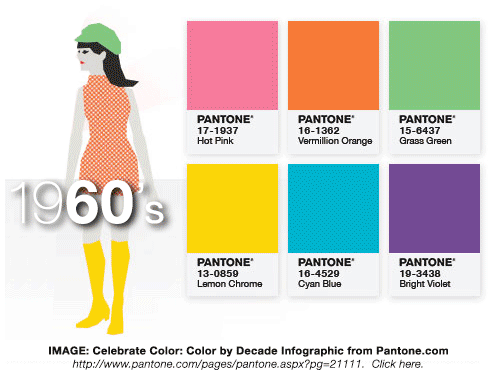
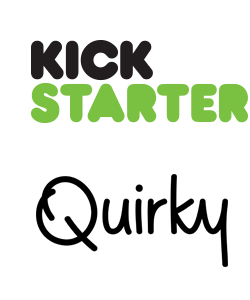
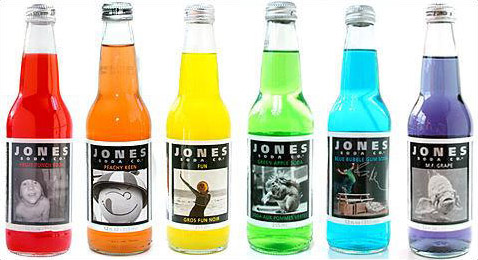
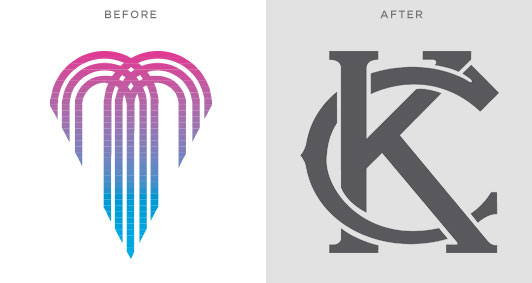
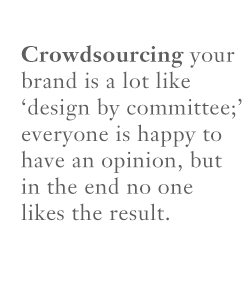
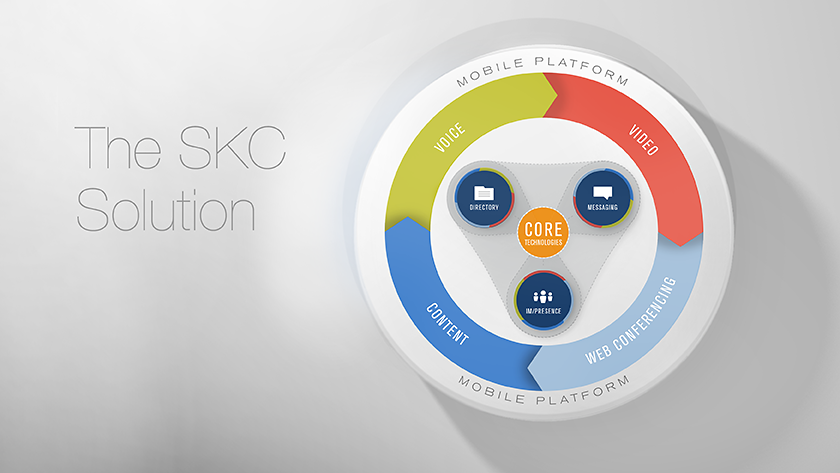
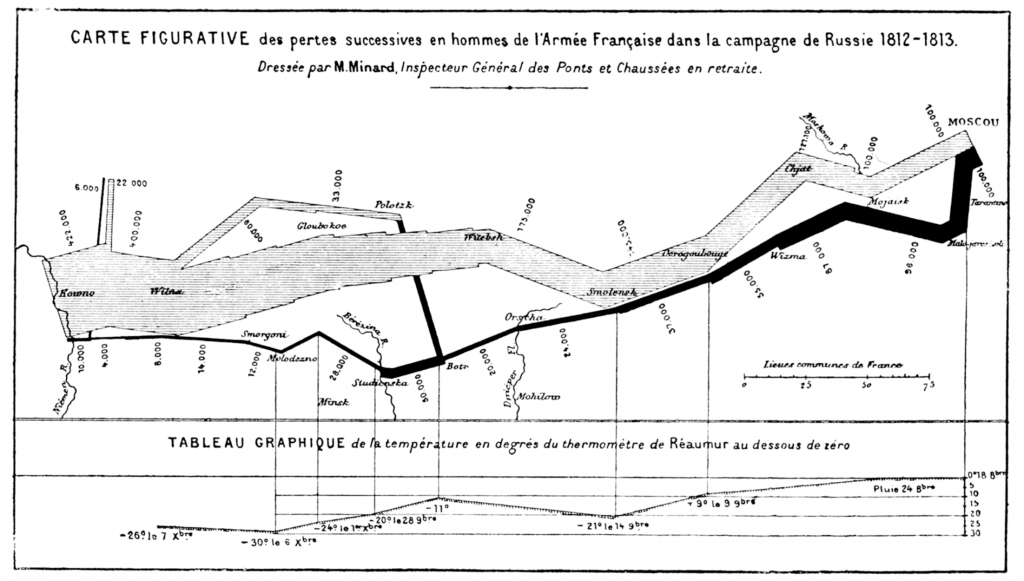
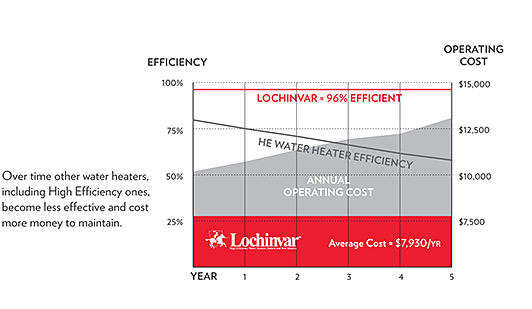

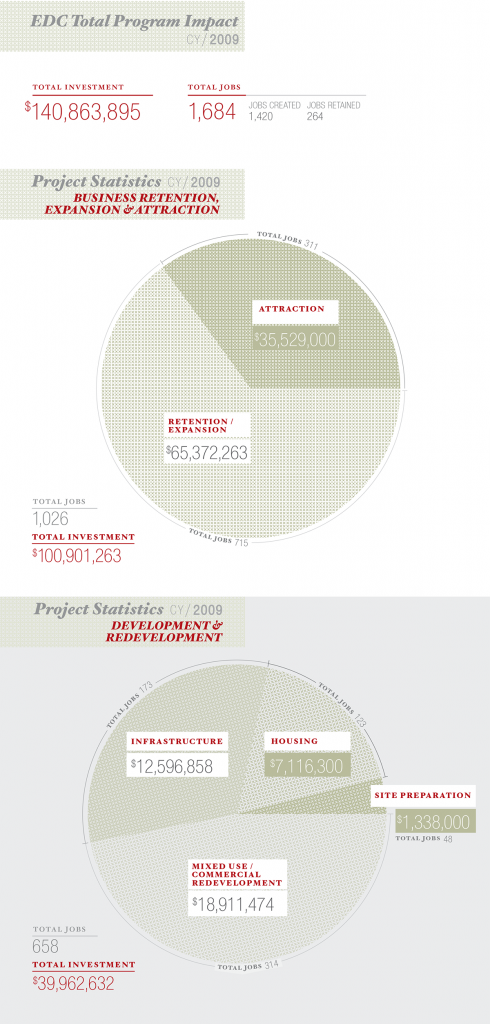
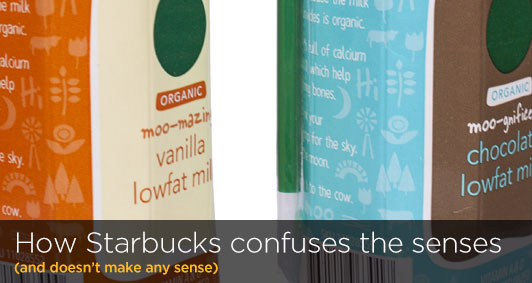
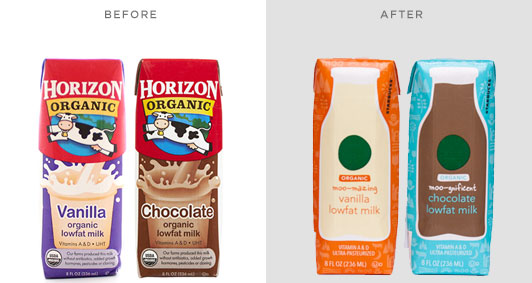

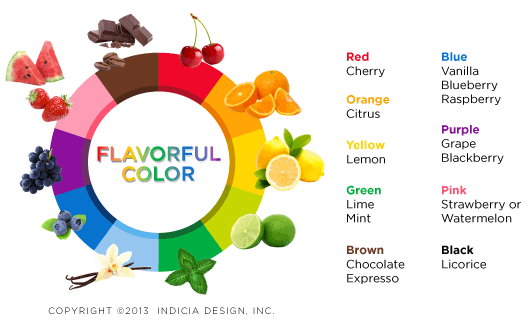
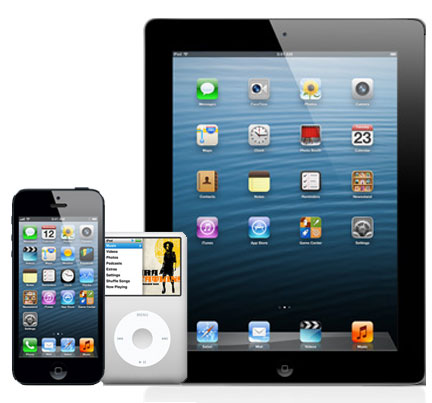
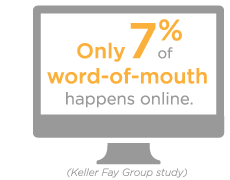 According to Jonah Berger, author of Contagious: Why Things Catch On (Simon & Schuster, 2013), “focusing on feelings” allows brands to tap into customers’ emotions and make them care about your brand. Berger observes that when people care about something, they will talk about it with their friends, colleagues, and others; this ‘word-of-mouth’ marketing is one of the most effective and powerful forms of marketing.
According to Jonah Berger, author of Contagious: Why Things Catch On (Simon & Schuster, 2013), “focusing on feelings” allows brands to tap into customers’ emotions and make them care about your brand. Berger observes that when people care about something, they will talk about it with their friends, colleagues, and others; this ‘word-of-mouth’ marketing is one of the most effective and powerful forms of marketing.

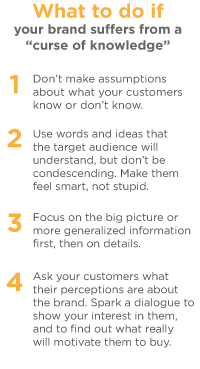 Instead of bombarding customers with a list of features and/or facts, successful companies explain the value they provide by telling customers a compelling story. Stories are not just about the “what” of the brand (what it does, what it is) or even the “how” (how it works, how it helps); rather, stories should explain the company’s understanding of the common problem customers have, and tell a narrative that provides the resolution. Framing the messaging, imagery, and wording within this context makes it is easier for people to understand, not only how your product, service or organization will benefit them, but more importantly, why they should care.
Instead of bombarding customers with a list of features and/or facts, successful companies explain the value they provide by telling customers a compelling story. Stories are not just about the “what” of the brand (what it does, what it is) or even the “how” (how it works, how it helps); rather, stories should explain the company’s understanding of the common problem customers have, and tell a narrative that provides the resolution. Framing the messaging, imagery, and wording within this context makes it is easier for people to understand, not only how your product, service or organization will benefit them, but more importantly, why they should care.
 Spring is a time of renewal, when the cold chill of winter finally subsides and the landscape outside begins to blossom. It brings about the hope of new life, and that perhaps maybe—just maybe—this year the Royals might have a chance at winning a pennant. Spring also happens to be the time of year when many of our clients launch new sales initiatives, whether introducing a new product or service, or simply looking to enhance their brand.
Spring is a time of renewal, when the cold chill of winter finally subsides and the landscape outside begins to blossom. It brings about the hope of new life, and that perhaps maybe—just maybe—this year the Royals might have a chance at winning a pennant. Spring also happens to be the time of year when many of our clients launch new sales initiatives, whether introducing a new product or service, or simply looking to enhance their brand.